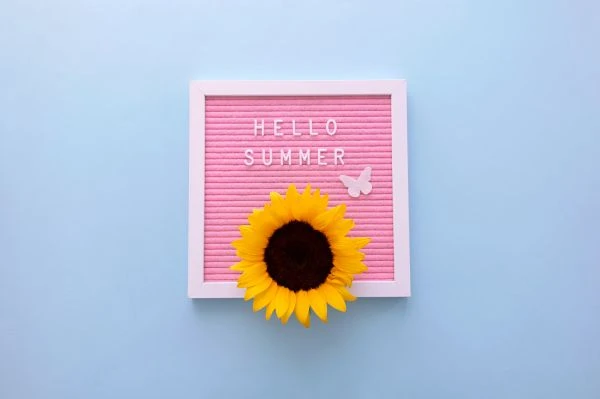Few literary forms distill human virtues as powerfully as courage-themed picture books. These deceptively simple stories wield extraordinary influence – a single illustrated page can imprint bravery onto young minds more effectively than a dozen lectures. Having immersed myself in over 200 English-language courage picture books this past year, I've witnessed their unique alchemy that turns abstract principles into visceral life lessons.
The Anatomy of Courage in Children's Literature
Great courage stories follow a distinct narrative DNA. Unlike heroic epics where bravery means slaying dragons, the finest contemporary examples showcase quiet courage – standing alone on the playground, admitting mistakes, or facing first-day jitters. Consider Kevin Henkes' Sheila Rae, the Brave, where the titular mouse's bravado crumbles during an unfamiliar walk home, only to discover real courage emerges through vulnerability and sibling support.

Modern authors increasingly frame courage as an internal compass rather than physical daring. Peter H. Reynolds' The Dot revolutionized the genre by equating artistic risk-taking with valor. When Vashti defiantly marks her paper, that single act sparks creative confidence – a narrative that resonates particularly with perfectionist children paralyzed by fear of failure.

Visual Storytelling Techniques That Build Resilience
The magic of courage picture books lies in their dual coding system. While text articulates the lesson, illustrations provide emotional scaffolding. Chris Haughton's Oh No, George! uses chaotic spreads to mirror the puppy's overwhelmed state, then employs calming blues when George practices restraint – a color-coded roadmap for self-regulation.

Typography becomes a courage-teaching tool in After the Fall by Dan Santat. Humpty Dumpty's traumatic fall is rendered through fractured lettering, while his triumphant return to the wall features bold, unbroken fonts – a subliminal message about psychological recovery.
Why English-Language Courage Books Travel So Well
The global appeal of English courage-themed stories stems from their cultural porosity. Australian author Mem Fox's Koala Lou tackles performance anxiety through bushland creatures, while Canadian Nicola Davies' The Pond uses minimalist text to explore grief – universal emotions packaged in regionally specific visuals that somehow transcend borders.
This cross-cultural potency explains why Japanese editions of Molly Bang's When Sophie Gets Angry outsell local titles. The story's volcanic rage and subsequent calming sequence require no translation – a testament to how picture books about emotional courage speak a primal language.
Classroom Applications That Stick
Educators report remarkable outcomes when using courage picture books as social-emotional learning tools. A Michigan study showed classrooms reading Kathryn Otoshi's One (about standing up to bullies) exhibited 37% fewer playground conflicts. The secret? These stories provide cognitive rehearsal – children mentally practice brave responses through character proxies before facing real challenges.
Librarians curate "courage kits" pairing books like Scaredy Squirrel with anxiety-management objects (stress balls, breathing guides). This multimodal approach makes abstract courage concrete – a strategy equally effective for ESL learners and neurodivergent children.
The Future of Courage in Picture Books
Emerging trends suggest courage stories will increasingly address digital-age anxieties. Recent releases like Nerdy Birdy Tweets explore online peer pressure, while The Rabbit Listened models crisis response in an oversharing culture. Augmented reality editions now allow readers to "step inside" scenes – imagine virtually practicing public speaking with a book character as coach.
What remains unchanged is the core truth: these stories work because they honor childhood fears while mapping escape routes from them. That delicate balance – between acknowledging terror and demonstrating triumph – is why the best courage picture books become lifelong talismans. Their dog-eared pages serve as paper-made courage, ready to be unfolded whenever life demands bravery.
After two decades reviewing children's literature, I maintain that courage-themed picture books offer the purest distillation of human resilience. Their power lies not in grandiose acts, but in showing ordinary moments where fortitude flickers to life – a lesson as valuable for adults revisiting these stories as for children encountering them for the first time.


 相关文章
相关文章




 精彩导读
精彩导读




 热门资讯
热门资讯 关注我们
关注我们
